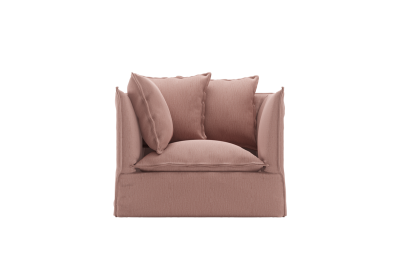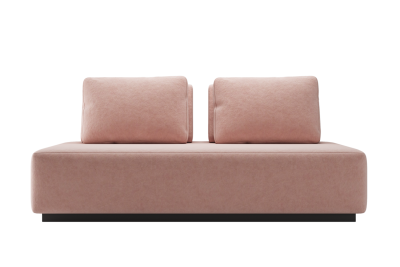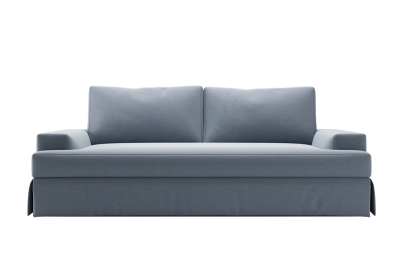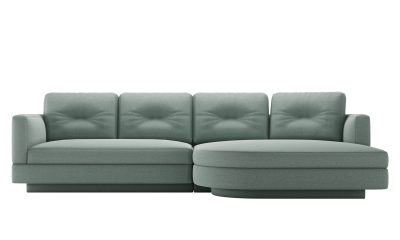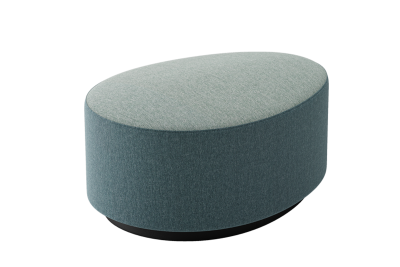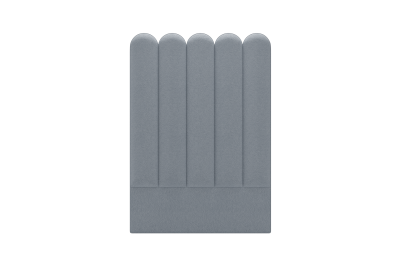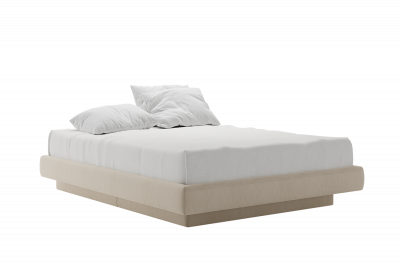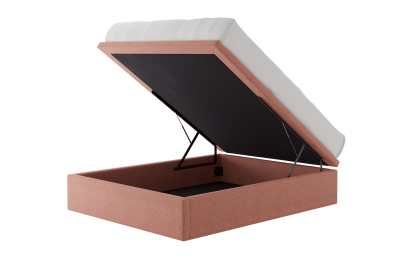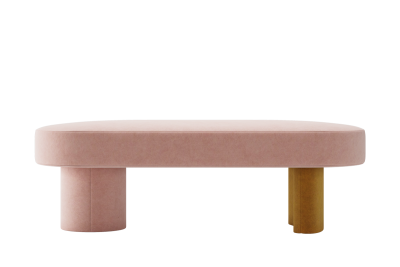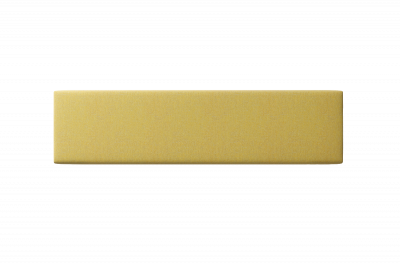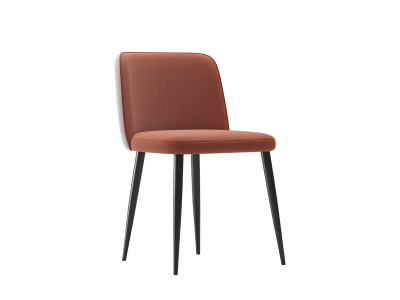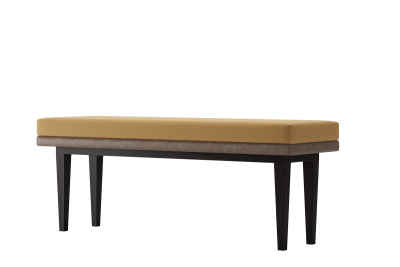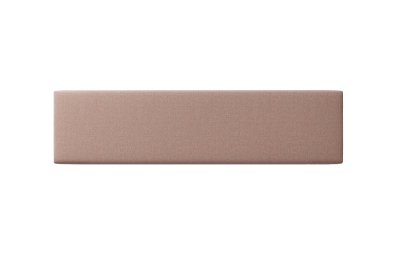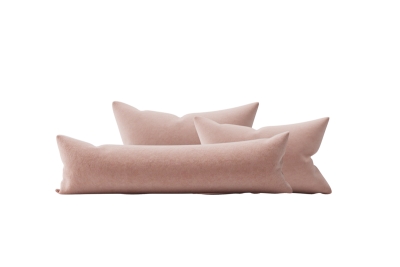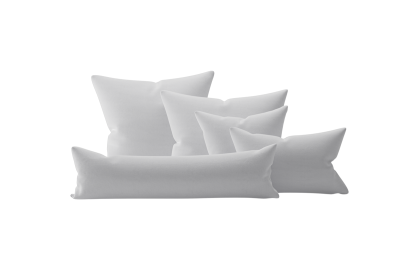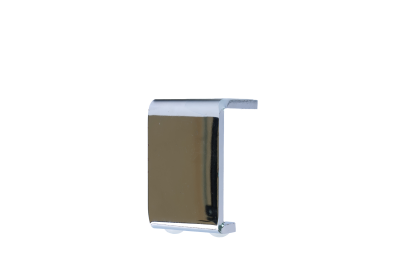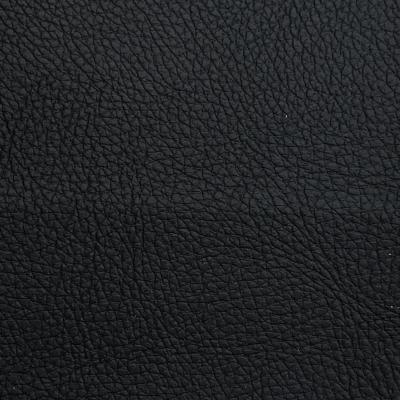How to prevent and treat dye stains on your furniture

Picture lounging on your fabric sofa, getting up and realising the dye from your new jeans has transferred onto the fabric, leaving a wash of unwanted colour on the cushion.
Even the most diligent among us can become unintentional sofa redecorators. We help you identify the common causes of colour transfer, practical tips to keep your sofa looking its best, and what to do if you get dye on it.
First, know the common culprits of colour transfer
Certain items are more likely to cause colour transfer than others:

New, dark or vibrant coloured clothing, particularly when damp. Do not sit down on your sofa if you’ve just been caught in the rain!

Printed material, particularly newspapers and magazines. The ink on newspapers can transfer with pressure or friction. Colour from magazines tend to transfer when damp or if the material is in contact with the upholstery for an extended period.
Lotion and make-up. Be careful about napping on your light-coloured sofa if you’re wearing a full face of make-up.
Horror of horrors: your decorative cushions can also cause colour transfer!
How to protect your upholstery
Prevention is key when it comes to staving off colour transfer. Our biggest tip? Launder all new clothing and cushions before they land on your fabric furniture, and avoid sitting on your sofa in wet or damp clothing.
Or, master the art of camouflage! Reduce the visibility of colour transfer and stains by choosing fabric that better hides minor colour transfer.

Choose upholstery fabric with a tighter weave. We see a higher incidence of colour transfer with textured and open weave textiles.
Choose a darker colour or even a multi-coloured, patterned print, which can help mask colour transfer more effectively. If you are a fan of raw denim, consider seating in navy or dark grey to mask indigo dye transfer.
Choose fabrics that are treated to increase stain resistance. Blafink carries a selection of AquaClean fabrics, popular for their coating that helps repel liquids and stains.
Remove stains the right way
Assuming that the dye stain on your furniture is a synthetic dye and that such dyes are mainly derived from petro-chemicals through the chemical processing of coal tar, you need a solvent solution to dissolve the dye components.
Start first by spot cleaning visible stains immediately with baby wipes, which are strong enough to rid dirt and spots, but gentle enough to not break yarns in your fabric, like Cloversoft Baby Wipes.
If this fails, look for a solvent based cleaning solution and try that out.
The sooner you address colour transfer, the better your chances of successful removal.
